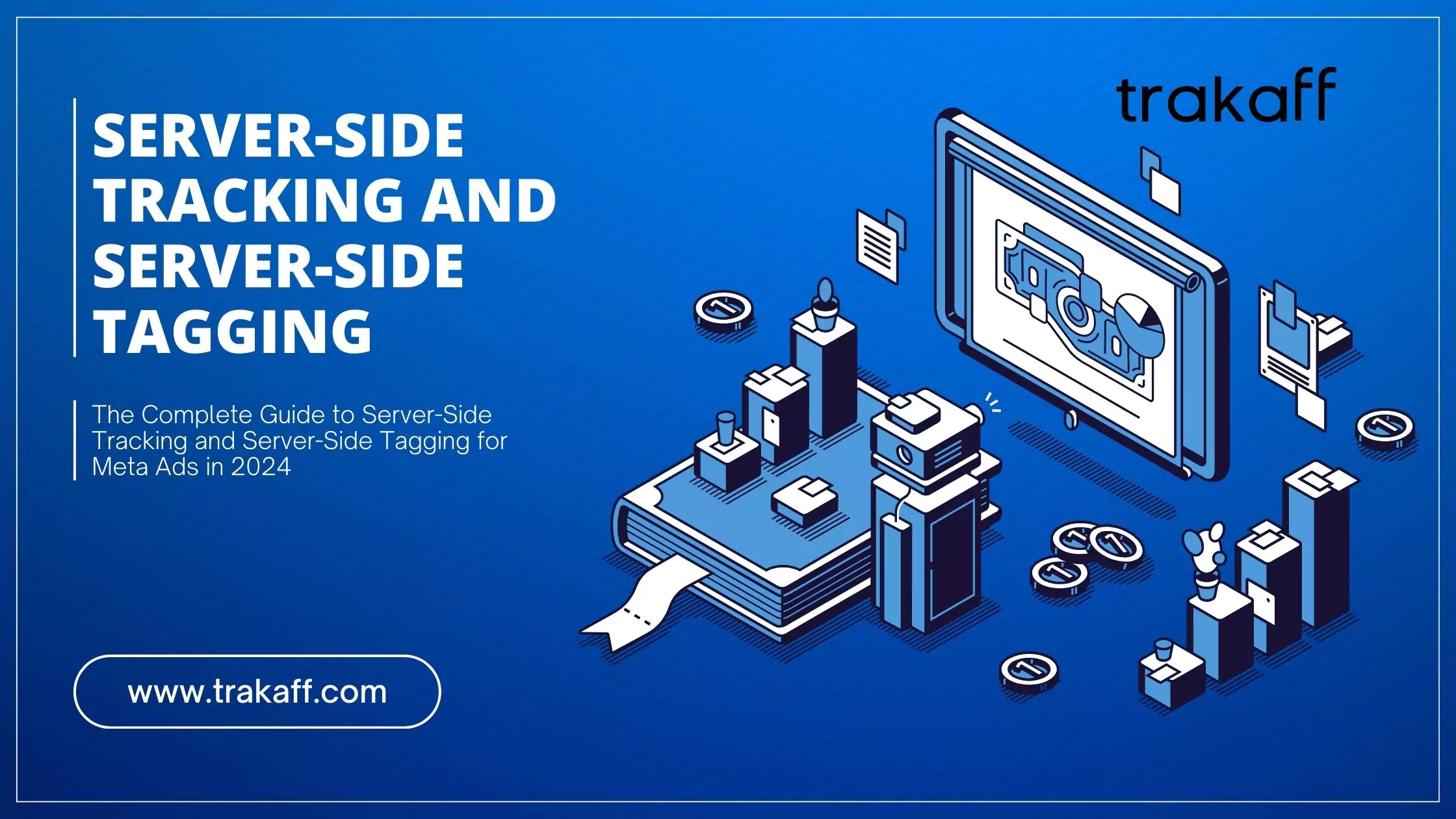
In today’s digital advertising landscape, marked by increasing privacy regulations and the decline of third-party cookies, traditional client-side tracking methods are becoming increasingly unreliable. Server-side tracking and server-side tagging are emerging as powerful solutions to address these challenges and gain greater control over your ad performance. This comprehensive guide will explore the key concepts of server-side tracking, its benefits, and how it can be leveraged to optimize your Meta Ads campaigns in 2024.
Understanding the Limitations of Client-Side Tracking
Client-side tracking, which relies on browser-based pixels to collect user data, is susceptible to various factors that compromise its effectiveness:
- Ad Blockers: The widespread adoption of ad blockers significantly impacts the ability of pixels to fire and track conversions, leading to inaccurate data and lost revenue. Studies indicate that ad blockers can result in the loss of 8% to 25% of traffic data.
- Inconsistent Attribution: Connectivity issues or blocked browser scripts can lead to attribution discrepancies and an incomplete understanding of the user journey, hindering accurate budget allocation.
- Privacy and Cookie Limitations: The phasing out of third-party cookies and stricter privacy regulations like GDPR diminish the accuracy of client-side tracking, making it harder to personalize ads and measure campaign success.
- Mobile and iOS tracking challenges: Privacy changes like Apple’s App Tracking Transparency (ATT) have made tracking on iOS devices particularly difficult, limiting the visibility of user behavior.

- Offline Events and Cross-Device Tracking: Browser pixels are incapable of tracking offline events or users who switch devices during their buying journey, resulting in a fragmented view of campaign performance.
The Power of Server-Side Tracking with Meta’s Conversions API (CAPI)
Meta’s Conversions API (CAPI) offers a robust server-side tracking solution that mitigates the limitations of client-side methods. CAPI establishes direct communication between your server and Meta’s server, bypassing the challenges posed by browsers and ensuring accurate data capture.
Benefits of Meta CAPI:
- Data Integrity and Reliability: CAPI circumvents ad blockers, connectivity issues, and privacy settings, ensuring that conversion events are transmitted reliably and comprehensively.
- Privacy-First and Cookie-Less Adaptability: CAPI reduces reliance on third-party cookies, aligning with evolving privacy regulations and ensuring data continuity in a cookieless future.
- Enhanced Campaign Optimization: Accurate data from CAPI empowers data-driven decision-making, enabling confident bid adjustments, precise audience segmentation, and effective campaign strategy optimization.
- Conversion Recovery: Unlike browser pixels, CAPI captures offline events and cross-device conversions, recovering lost data and providing a complete picture of campaign performance.
- Advanced Attribution Modeling: CAPI enables a more sophisticated understanding of the user journey, facilitating accurate attribution across multiple devices and touchpoints, leading to a clearer view of campaign effectiveness.
- Mitigation of Mobile Privacy Restrictions: CAPI’s server-side data transmission bypasses mobile privacy restrictions like Apple’s ATT, preserving visibility into conversions on iOS devices and safeguarding against data loss.
Practical Implementation: Getting Started with Meta CAPI
Integrating Meta CAPI into your workflow doesn’t have to be complicated. Platforms like Affise simplify the process, allowing you to set up server-side tracking with just a few clicks. By generating an access token in Meta’s Business Manager and plugging it into Affise’s integration settings, you can start capturing crucial conversion events without complex coding or configuration.
Real-World Results: The Impact of Server-Side Tracking on Meta Ads
Server-side tracking has demonstrated significant improvements in campaign performance for businesses leveraging Meta Ads. One retail advertiser, for instance, experienced a 20% increase in conversion attribution accuracy after switching from pixel-based tracking to CAPI. Such improvements in data accuracy translate directly into more effective campaign optimization, increased ROAS, and ultimately, higher revenue.
Conclusion
As the digital advertising landscape continues to evolve, server-side tracking is no longer just an option but a necessity for success. By adopting Meta CAPI and leveraging platforms that streamline implementation, businesses can overcome the limitations of traditional tracking methods and gain a significant competitive advantage.
Server-side tracking empowers advertisers to:
- Obtain accurate and reliable data
- Comply with evolving privacy regulations
- Optimize campaigns with confidence
- Maximize return on ad spend
Embracing server-side tracking is not just about keeping up with industry trends; it’s about future-proofing your advertising strategy and ensuring sustained success in the dynamic world of digital marketing.